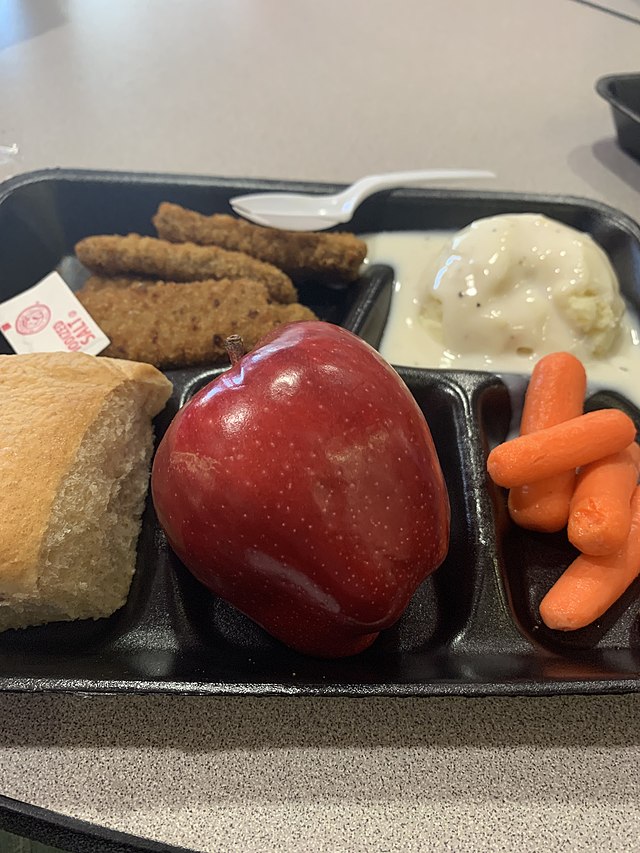Obviously Good Ideas

I was catching up on the June issue of High Country News today, which is a magazine crucial for anyone who cares about the American West. One piece explored the free lunch program in Butte, which a bunch of city schools have expanded to all students, taking away the stigma associated with traditional free breakfast and lunch programs. Really, this is such an obvious policy win that every school and city in the country should apply it.
Kurt Marthaller, who oversees school food programs in Butte, Montana, faces many cafeteria-related challenges: children skipping the lunch line because they fear being judged, parents fuming about surprise bills they can’t afford, unpaid meal debts of $70,000 districtwide.
But at nearly half of Marthaller’s schools, these concerns have vanished. At those schools, all students get free breakfast and lunch, regardless of their family’s income. At one school, West Elementary, children grab milk cartons, cereal bars and bananas from folding tables on their way to class, with almost 80% of students eating breakfast there each school day.
“We’ve done a lot of good things to feed kids here in Butte,” Marthaller said. But introducing universal free meals, he added, was “probably the best thing we ever did.”
Child nutrition advocates have pushed for free school meals for every student for a long time, but saw significant progress in the last decade and a half. Their first big win came quietly, in 2010, when Congress passed an under-the-radar policy called the community eligibility provision, which made it easier for schools to serve free meals to all. Then, during the Covid-19 pandemic, the federal government let every public school student eat for free, rapidly transforming the nation’s thinking around school meals.
Eight states, including California, Colorado and New Mexico, have passed their own universal free meal legislation since the federal largesse ended in 2022. Dozens more have introduced similar bills or have one in the works. A surge of additional schools — nearly 7,000 — signed up for the community eligibility program that West Elementary participates in: As of the 2022-’23 school year, roughly four in 10 public schools were enrolled.
In total, more than 21 million American children now attend schools that offer free meals to all — a tenfold increase from 2010. Over 8 million of them are in Western states. “Schools did not want to go back to charging some kids,” said Crystal FitzSimons, the director of child nutrition programs and policy at the nonprofit Food Research and Action Center. “They saw the huge benefits of providing free meals to all students: supporting families, supporting kids, changing the culture of the cafeteria.”
I am glad this is slowly gaining momentum, though distressingly as always, it’s mostly in blue states, Butte’s movement in this direction notwithstanding. But really, if there is any policy every American should agree upon, it is this one. If nothing else, it simply takes the burden off parents making breakfast and lunch for their kids on a busy morning. However, we all know that feeding kids takes away their ability to pull themselves up by their bootstraps and other cliches about America. So of course we can’t have that.


